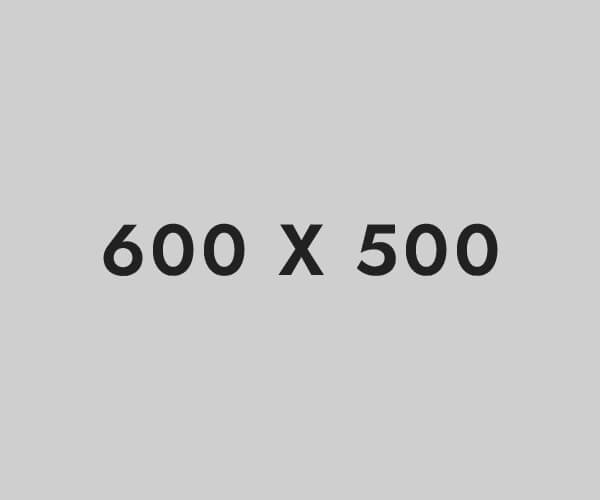
Two-component, traffic-resistant epoxy primer/finish, offering protection in a single coat.
| Capacity: | 16 l |
| Colours: |
All surfaces to be coated must be clean, dry, and free of contamination. Wash with fresh, high-pressure water, or fresh water, as appropriate, and remove all grease, oils, salts, soluble contaminants, and other foreign matter by "solvent cleaning" (SSPC-SP1).
MAJOR REPAIR
Abrasive blast to Sa2 (ISO 8501-1:2007). If rust has occurred between abrasive blasting and the application of Interbond 201, the surface must be blasted again to the specified visual standard. Surface defects revealed by blasting must be removed, filled, or treated appropriately. Interbond 201 can be applied over surfaces prepared to International Paint's Hydroblasting Standard HB2 that have not rusted beyond HB2M. Hydroblasting is only recommended in cargo holds, overhead work, and non-submerged areas. or - Interbond 201 may be applied to surfaces prepared according to International Paint Slurry Blasting Standard SB2 where light oxidation (flash rust) is not less than SB2M. Slurry blasting is only recommended for topsides and non-submerged areas.
REPAIR/OBM - Exposed Steel and Corrosion: Prepare manually or mechanically to at least St2 (ISO 8501-1:2007). Note: all scale must be removed, and areas that cannot be adequately prepared with a scraper or needle gun must be abraded to Sa2 (ISO 8501-1:2007). This typically applies to steel grades C or D of this standard. OR - Abrasive blast to Sa2 (ISO 8501-1:2007). If oxidation has occurred between cleaning and the application of Interbond 201, the surface must be re-blasted once more to the specified standard. Surface defects revealed by blasting must be sanded, filled, or otherwise treated appropriately. OR - Interbond 201 may be applied over surfaces prepared to International Paint Hydroblasting Standard HB2 that have not oxidized beyond HB2M. OR - Interbond 201 may be applied to surfaces prepared to International Paint Slurry Blasting Standard SB2 where light oxidation (flash rust) is not less than SB2M. Interbond 201 is suitable for overlapping most aged paint systems. Loose or flaking coatings should be removed to a firm substrate, and Interbond 201 should be applied to overlap existing systems by about 2-3 cm. Gloss epoxies and polyurethanes may require abrasion. Intact Coatings:
This product can be applied as a full coat over most generic paint types that have been aged for at least three months. It is recommended that a small test be performed before applying a full coat over certain generic types. Consult International Paint for acceptable generic types and the extent of surface preparation required. Precise thickness control is essential, particularly when repainting existing schemes. Damp Cellars: Prepare with abrasives to Sa2.5 (ISO 8501-1:2007). or - Interbond 201 can be applied over surfaces prepared to International Paint's Hydroblasting Standard HB2.5 that have not oxidized beyond HB2.5L.
Recoat Repair/OBM Notes
Interthane 990 can be applied over tempered Interbond 201 that has been weathered for more than 3 months, provided the surface is washed with fresh water to remove dirt and contamination according to SSPC-SP1 Solvent Cleaning. Interthane 990 should not be used over Interbond 201 Low Temperature. For a good cosmetic appearance, Interbond 201 Low Temperature should be topcoated with Intergard 740 or Intersheen 579.

Color: Gray
1 X $113.88